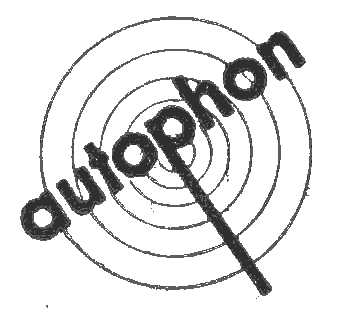

VHF Receiver E46 / E-604
Autophon AG, Solothurn



|
VHF Receiver E46 / E-604
|

|
|
überarbeitet am 1.9.2010 |
In parallel to their E52 / E44 receivers, Autophon developed a VHF - receiver; because of the use of the VHF range for military tactical communications was still quite far in the future, only a small test series of this receiver has been made on behalf of the Airforce / Anti-Aircraft troops. The front panel is divided in two sections by the horizontal linear dial
of the turret tuning arrangement. In 1947, only a small preliminary series of eleven receivers of this set has been produced, only four of them remained with the Signals Comp. 20 further reading: © Martin Bösch 25.8.2007
|
||||